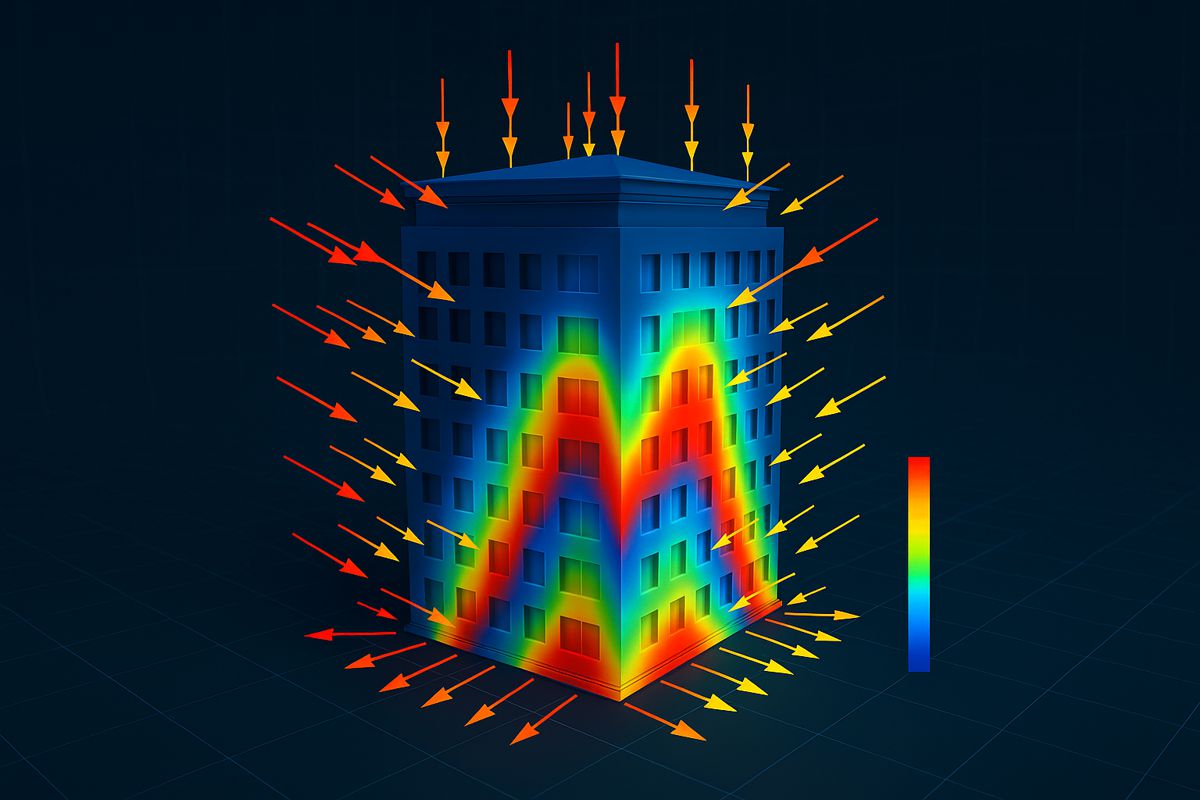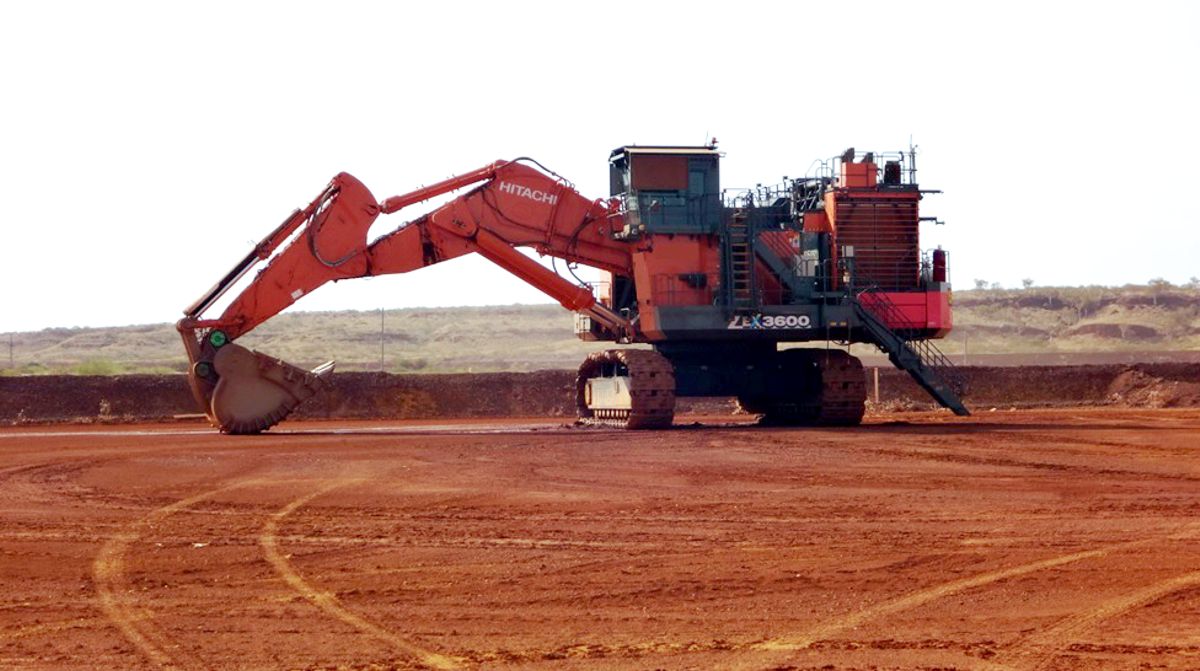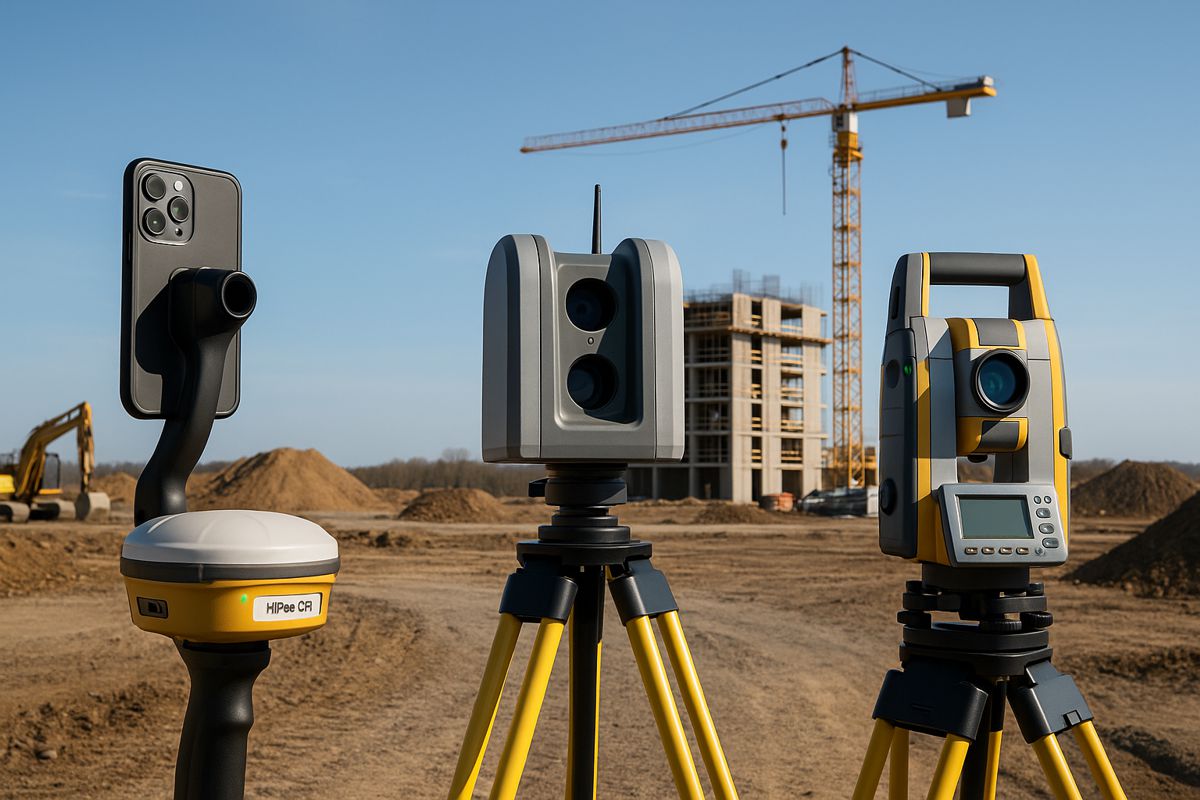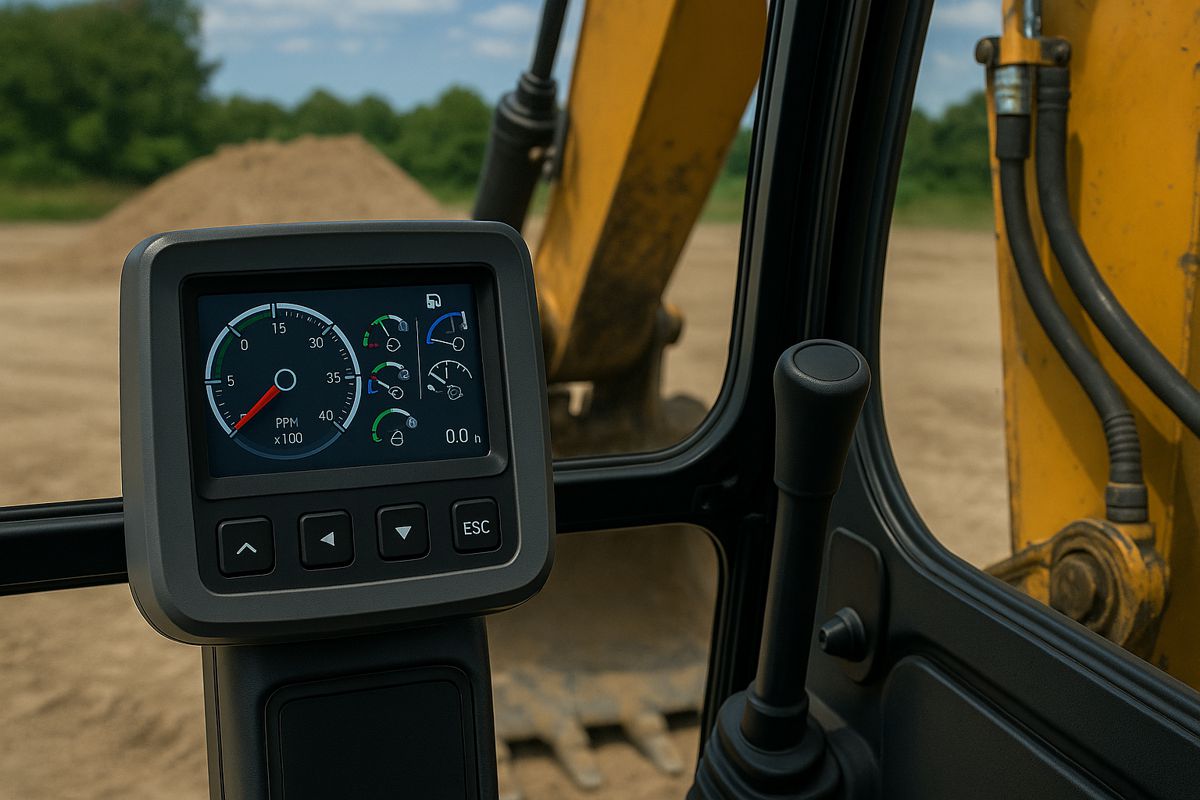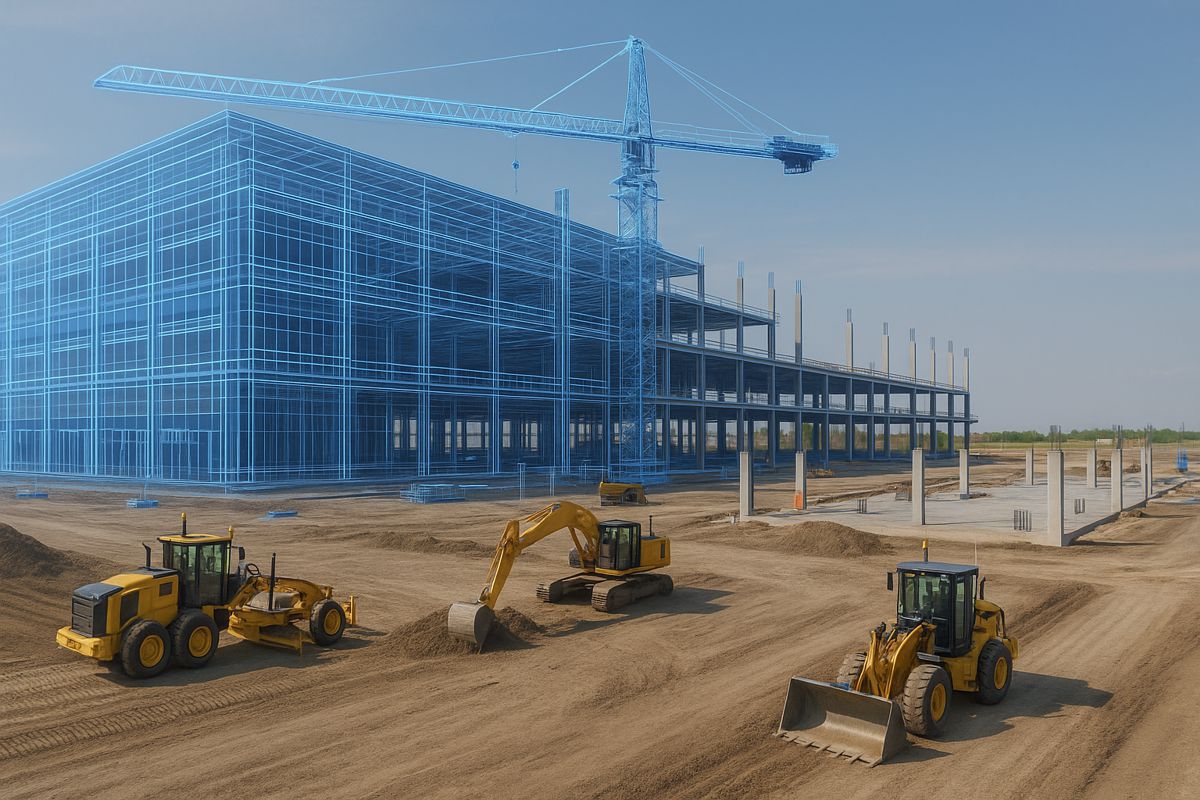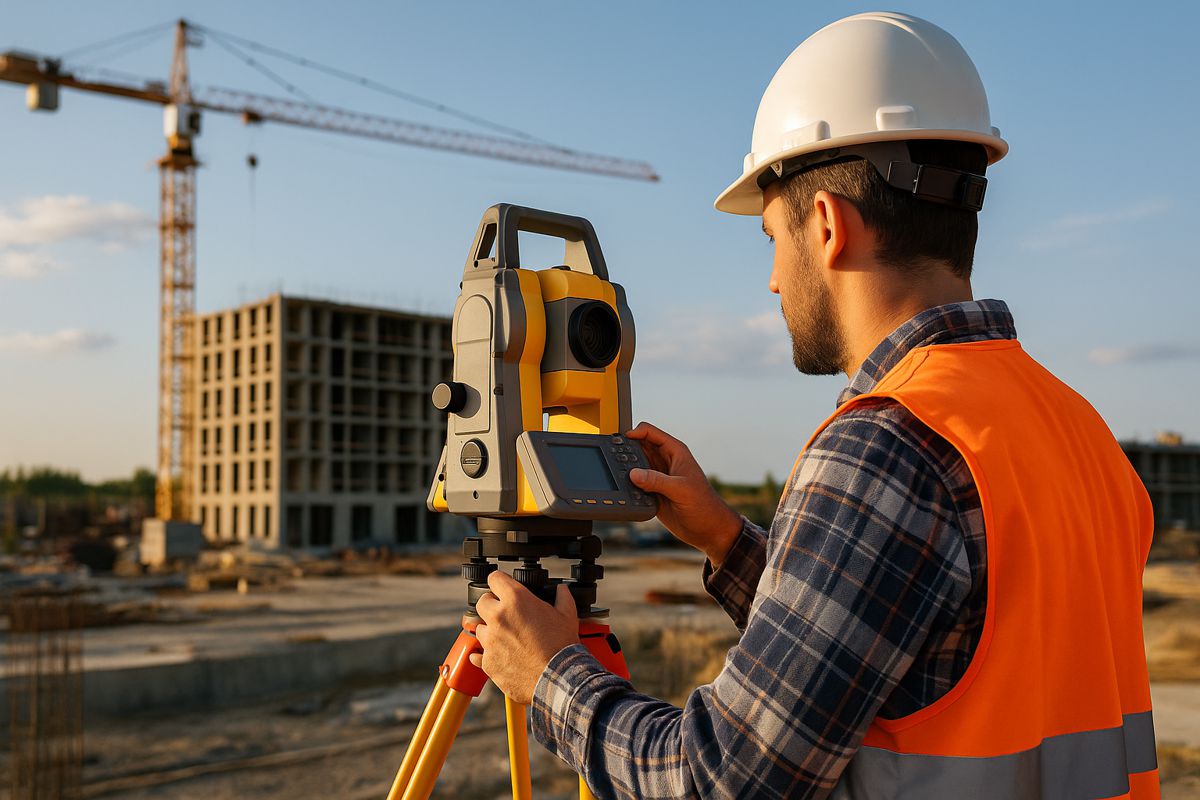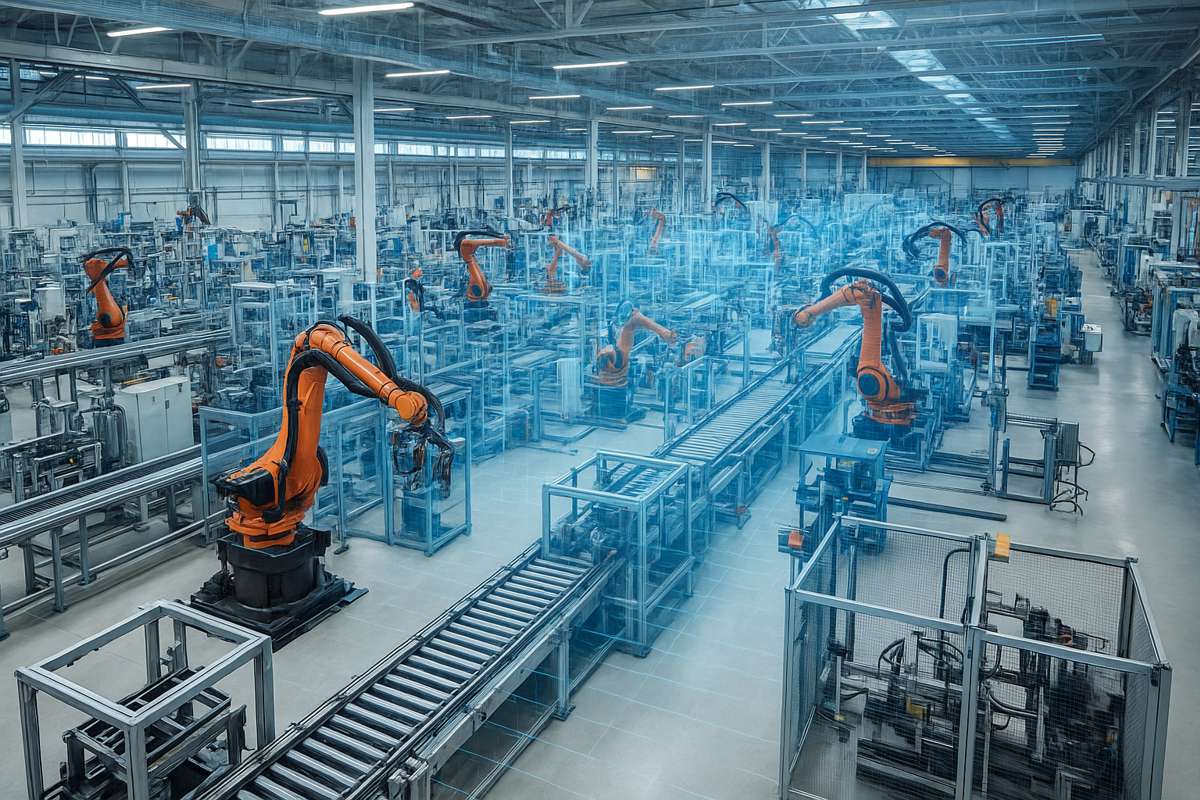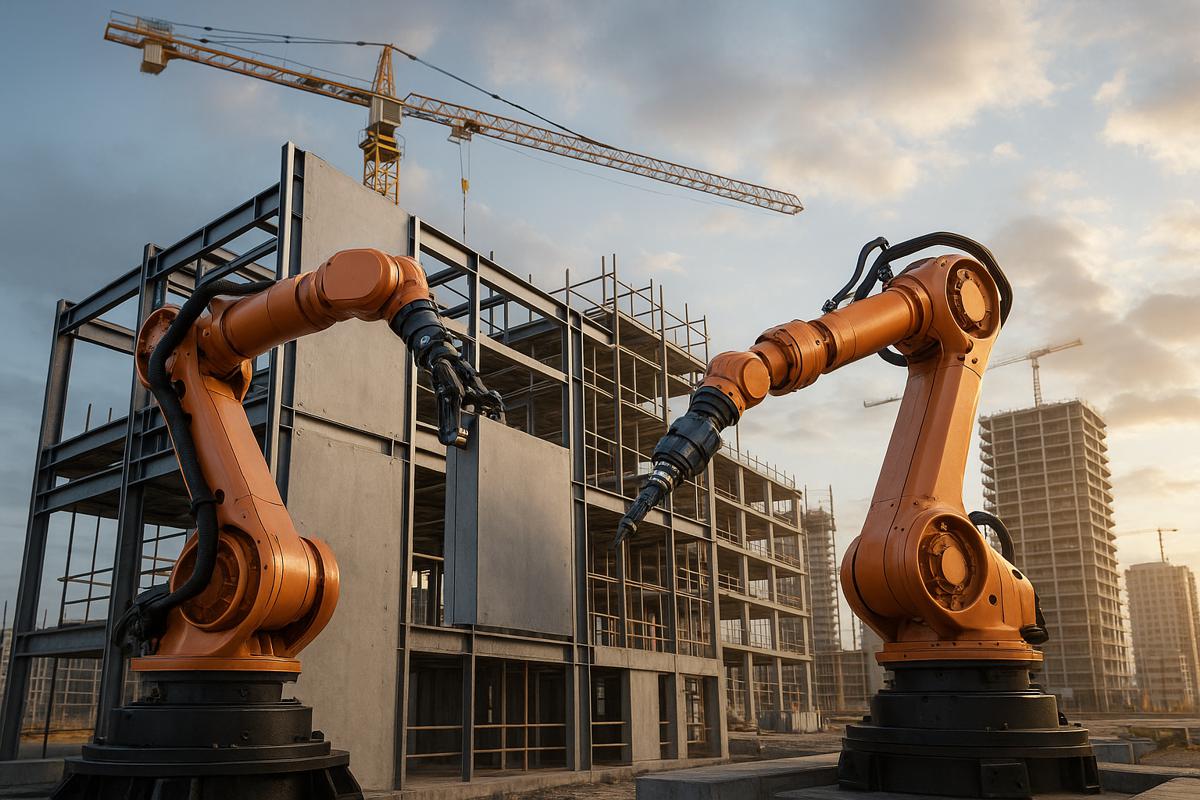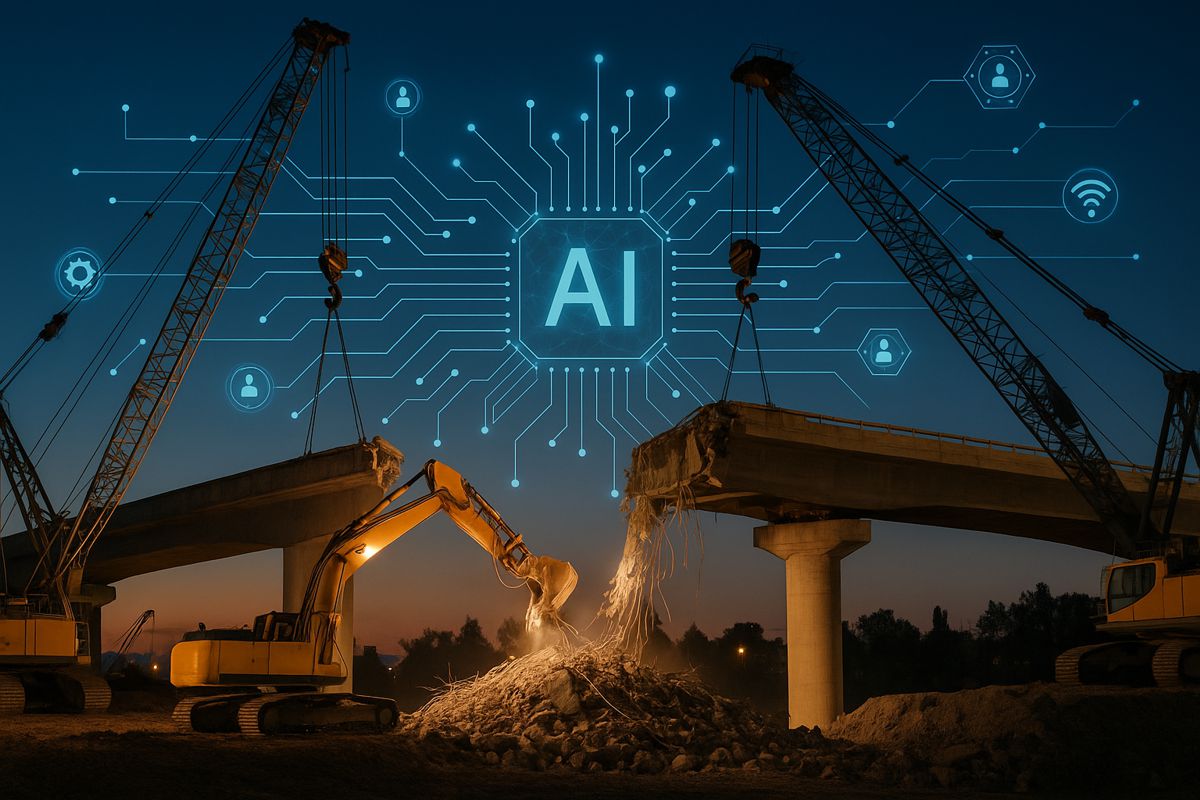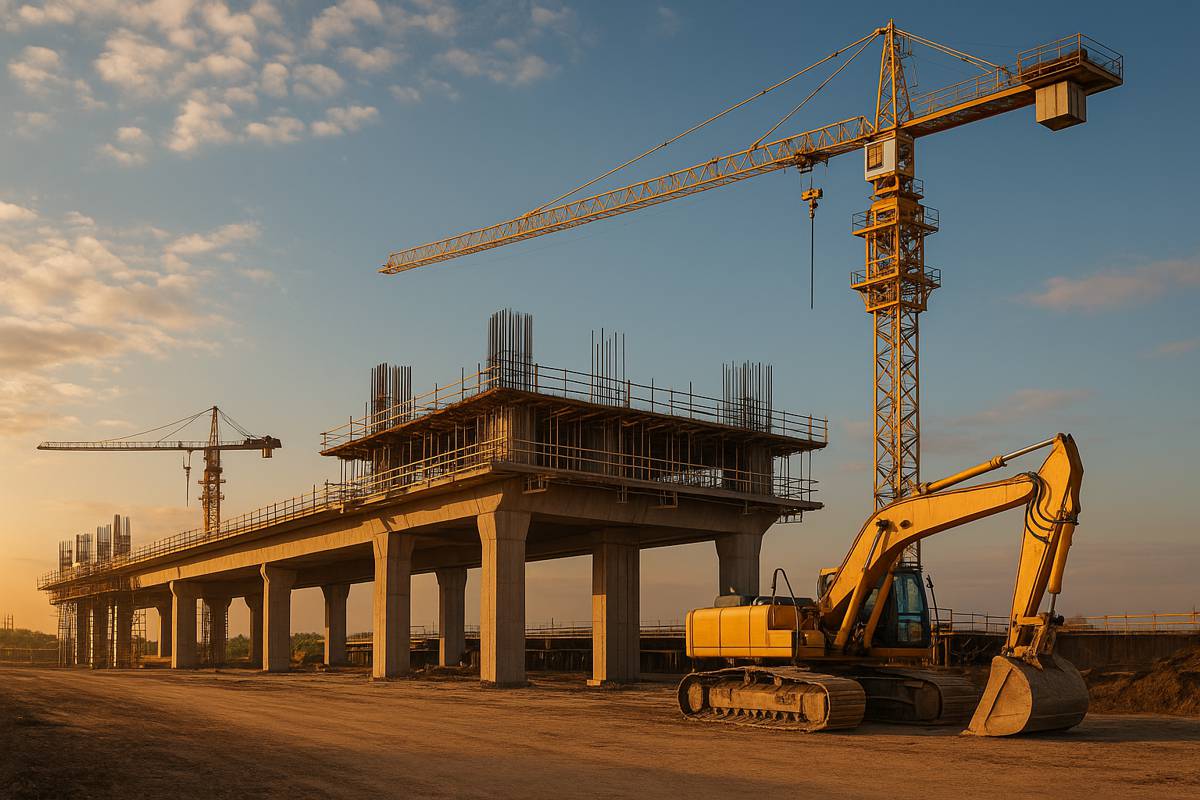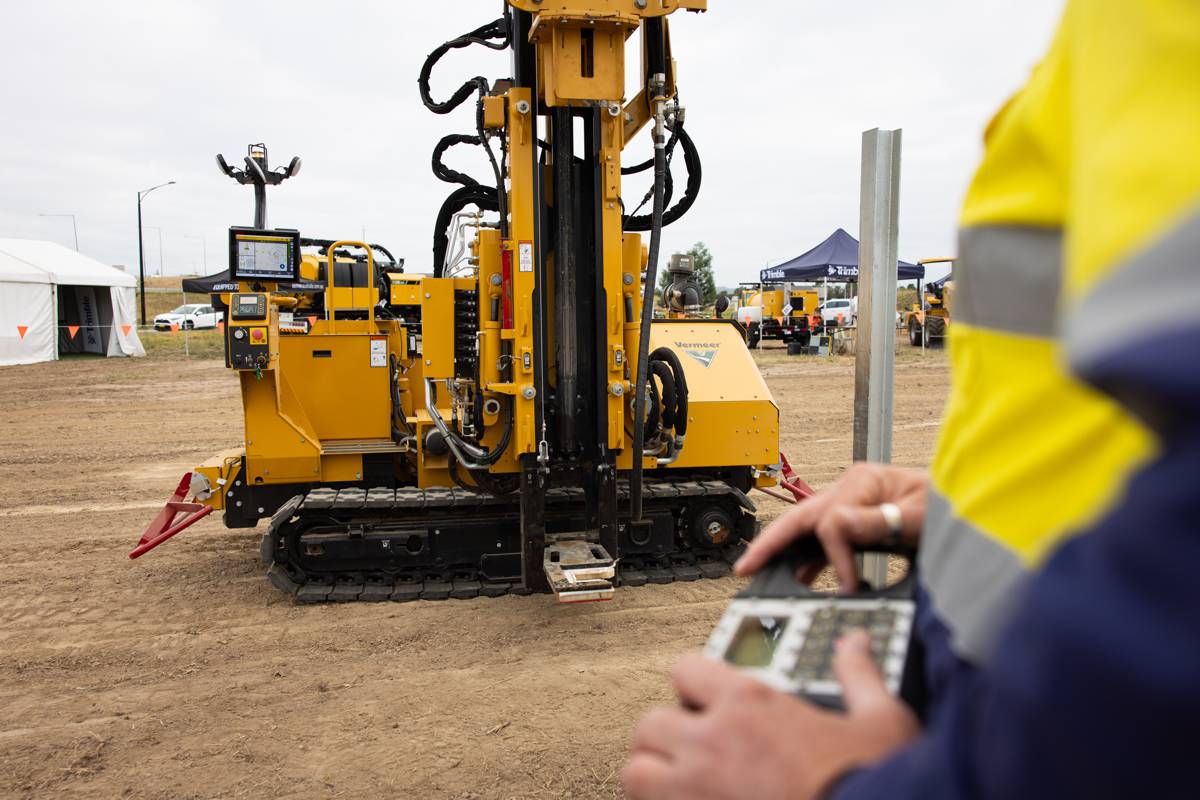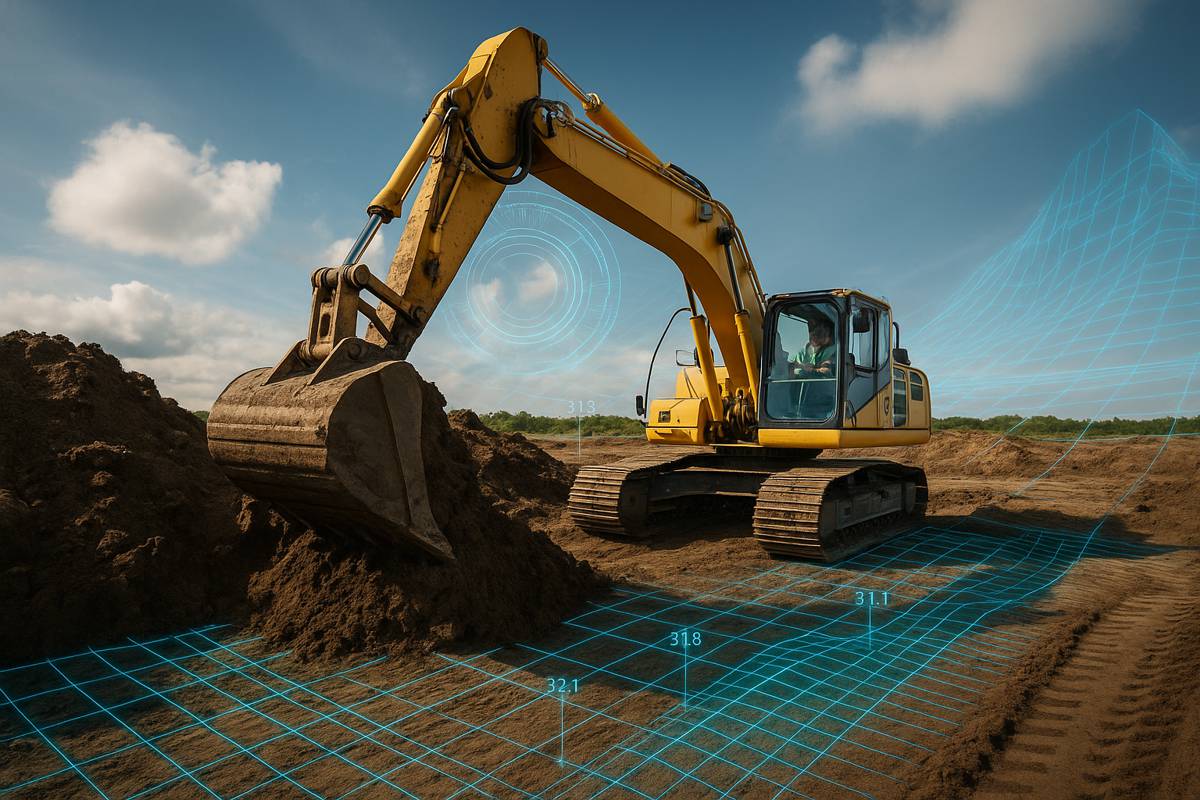Smart Vision Systems Redefine Building Load Analysis
Ensuring the structural safety and efficiency of modern buildings depends heavily on accurate live load data. For decades, engineers have struggled with the limitations of conventional load survey methods, particularly when it comes to extraordinary loads, those short-term, high-intensity forces caused by dense crowds or heavy furniture.
Traditional techniques, such as manual surveys and occupant interviews, are not only labour-intensive but also inherently unreliable. They depend on subjective input and often overlook dynamic factors like crowd movement and vibration, which can significantly affect structural performance.
Now, a team of researchers from Tongji University, China United Engineering Co. Ltd., and the Shanghai Research Institute of Building Sciences Co. Ltd. have introduced a ground-breaking solution. Their study, titled Vision-based Survey Method for Extraordinary Loads on Buildings, leverages artificial intelligence and computer vision to transform how structural engineers collect and analyse live load data.
Moving beyond outdated methods
In structural engineering, the live load is a fundamental factor that influences the design, safety margins, and long-term resilience of buildings. Sustained live loads, such as occupancy and furnishings, are relatively easy to estimate. The real challenge lies in extraordinary loads, those temporary but intense forces created by unusual circumstances: think of large crowds at a concert hall, a sudden influx of people in a stadium corridor, or stacked goods in a warehouse.
For years, engineers relied on field surveys, questionnaires, or even anecdotal observations to estimate these events. But such methods are prone to human error and bias, while also missing critical temporal and dynamic data. They fail to account for how loads fluctuate with motion, such as when people walk, run, or gather densely in confined spaces. In other words, the data used to design our buildings has often been a rough approximation of reality.
Harnessing AI vision for load detection
The new vision-based survey method proposed by the Tongji-led research team introduces a more scientific and automated approach. By utilising existing building surveillance systems, the method extracts detailed crowd movement data from video feeds without manual intervention.
A sophisticated crowd head tracking framework lies at the heart of the system. Built on convolutional neural networks (CNNs), it integrates two key capabilities: head detection and re-identification. These models work in tandem to trace individual head trajectories, even in dense or overlapping groups. By analysing these trajectories, the system determines two critical load parameters, crowd quantity and movement velocity, which together form the foundation for calculating dynamic load impacts.
In high-traffic or event-driven spaces such as auditoriums, exhibition centres, and shopping malls, these AI-driven insights can help engineers quantify real-world loading with remarkable precision. The method even estimates an equivalent dynamic load factor based on crowd velocity, accounting for the increased stress caused by movement and vibration.
Grounded in data: results and validation
To test their system, the researchers conducted two major experiments: a crowd quantity investigation and a crowd walking experiment. Both trials validated the method’s performance and its potential to revolutionise load measurement.
The results were impressive:
- The crowd head detection model achieved an average precision of 95.4%.
- The re-identification model reached a mean average precision (mAP) of 88.2% and a Rank-1 accuracy of 96.7%.
- The equivalent dynamic load factor successfully amplified the crowd quantity metrics, more accurately reflecting real-world load scenarios.
These results underscore the method’s reliability and its ability to capture not only static but also dynamic factors that traditional methods overlook.
Practical applications in real-world environments
One of the major advantages of this vision-based method is its scalability. With most commercial and public buildings already equipped with CCTV or smart surveillance networks, integrating this system requires minimal additional infrastructure. The AI models can be trained and deployed directly on existing data streams, automatically capturing extraordinary load conditions over time.
For architects, engineers, and facility managers, this offers several advantages:
- Continuous monitoring: Unlike one-time surveys, this method enables ongoing assessment of load conditions.
- Enhanced accuracy: AI-based tracking eliminates subjective bias and human error.
- Dynamic data insights: Captures real-time movement and density changes to better represent structural stress.
- Ease of deployment: Works with current surveillance systems, minimising setup costs.
Such innovations could become especially valuable in venues like transport terminals, stadiums, high-rise offices, and educational facilities, where crowd behaviour can vary dramatically throughout the day.
The wider implications for structural design
Beyond improving data accuracy, the integration of AI-based load monitoring has wider implications for the construction and structural engineering sectors. By feeding real-world behavioural data back into design models, engineers can develop more resilient and efficient structures that better reflect how spaces are actually used.
This approach supports the growing trend toward performance-based design (PBD), where structures are assessed not just for static compliance, but for their response to dynamic and unpredictable conditions. Moreover, when coupled with digital twins and Building Information Modelling (BIM), this data can enhance simulation accuracy, leading to safer, more cost-effective designs.
There are also sustainability benefits. By accurately defining load patterns, engineers can avoid overdesigning structures with unnecessary materials, leading to resource efficiency and reduced embodied carbon.
Expert perspectives
Lead author Yang Li explained the motivation behind the project: “The lack of reliable extraordinary load data has been a persistent issue in building design. With the help of vision-based AI, we can finally bridge the gap between theoretical models and actual human activity patterns.”
Jun Chen, a co-author from China United Engineering, added: “This technology doesn’t just automate data collection, it transforms it. The integration of CNN-based models allows us to observe crowd dynamics at an unprecedented scale and precision.”
Such endorsements highlight the method’s potential to set a new global benchmark for how structural safety data is gathered, analysed, and implemented.
Paving the way for smarter and safer buildings
The research team’s work represents more than just a technical achievement; it signifies a step toward the future of intelligent infrastructure. As cities grow denser and buildings become more complex, the demand for data-driven safety systems will only increase. With computer vision and AI, extraordinary load analysis can evolve from guesswork to evidence-based precision.
In a broader sense, the technology aligns with global movements in smart construction and AI-assisted urban management. By capturing dynamic human behaviour patterns, it contributes not only to safer buildings but also to more responsive city planning and facility design.
Building data into design
AI is no longer a distant promise in structural design, it’s a practical, proven tool that enhances the very foundation of engineering. The Tongji-led vision-based approach shows that the future of building safety lies in merging human insight with machine precision. As this technology gains traction, engineers will be able to design not just for predicted loads, but for real, observed behaviour.
In doing so, the built environment becomes not only safer but smarter, evolving continuously with the people it serves.
